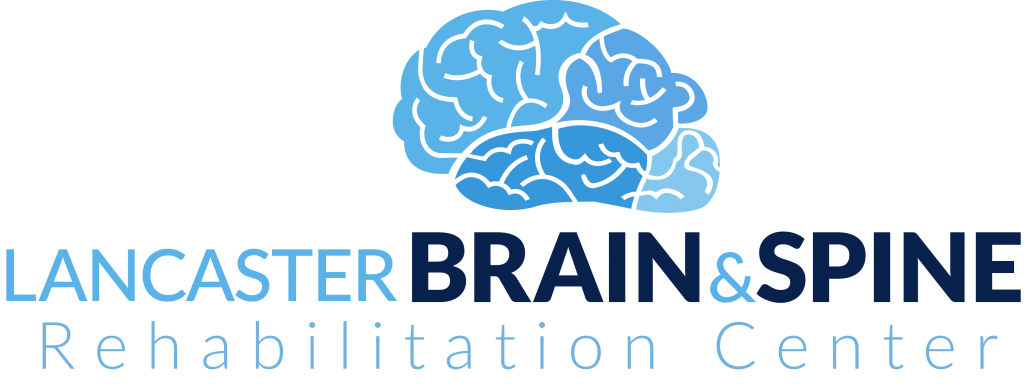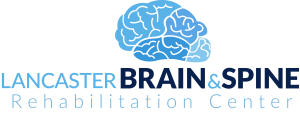Understanding Persistent Postural-Perceptual Dizziness (PPPD)

Persistent Postural-Perceptual Dizziness (PPPD) is a chronic and often frustrating condition marked by ongoing dizziness, unsteadiness, or a sensation of rocking—even while still. At Lancaster Brain & Spine, we regularly help patients navigate PPPD using functional neurology, with the goal of restoring stability and improving quality of life. What Causes PPPD? PPPD typically develops after […]
Finding Relief from Chronic Headaches at Lancaster Brain & Spine
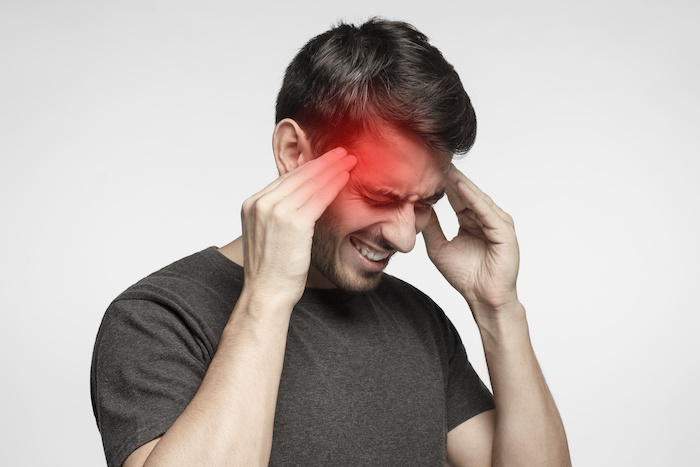
Headaches are one of the most common neurological complaints—but they’re also some of the most misunderstood. At Lancaster Brain & Spine, we approach headaches not as isolated symptoms, but as signals—clues pointing toward deeper imbalances in the brain and nervous system. Whether you’re living with migraines, tension headaches, or daily discomfort, our goal is to uncover […]
Falling Into Fall: How to Reduce Your Risk of Falling This Season

As the vibrant leaves change color and crisp autumn air settles in, it’s the perfect time to talk about fall prevention. While the word “fall” may bring to mind cozy sweaters and pumpkin spice lattes, it’s also a reminder of the risks that come with losing balance and falling—especially for older adults. Falls are the […]
Understanding Postural Orthostatic Tachycardia Syndrome (POTS)
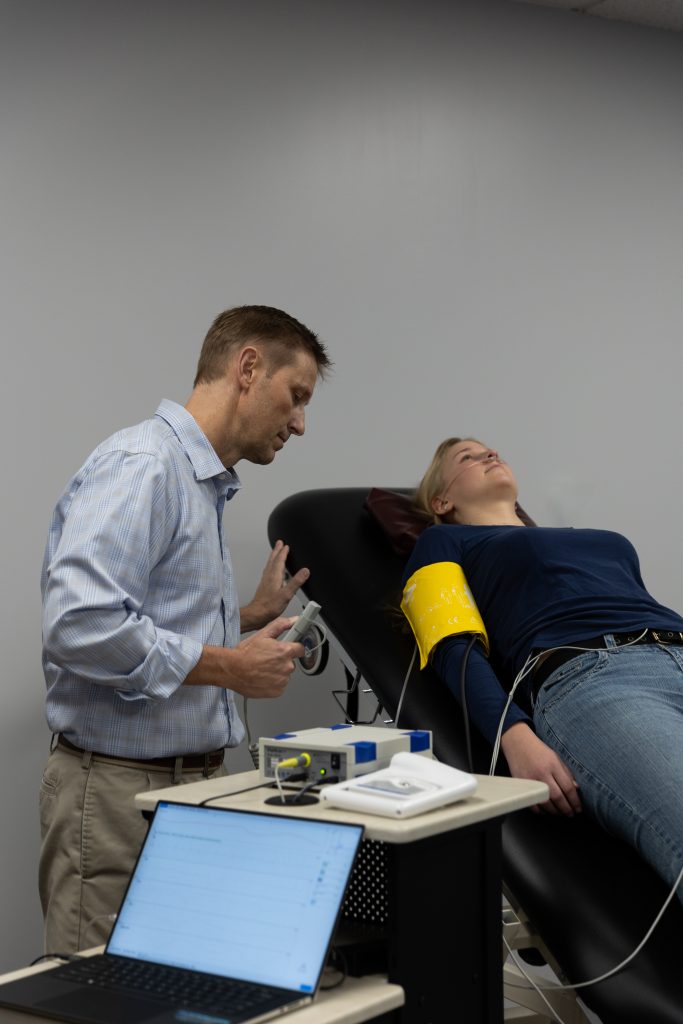
Postural Orthostatic Tachycardia Syndrome, commonly known as POTS, is a type of dysautonomia—a disorder affecting the autonomic nervous system. The autonomic nervous system is responsible for regulating many of the body’s automatic functions, such as heart rate, blood pressure, and digestion. When the autonomic nervous system is disrupted, it can lead to symptoms that impact […]
The Importance of Eye Movements in Functional Neurology: A Closer Look
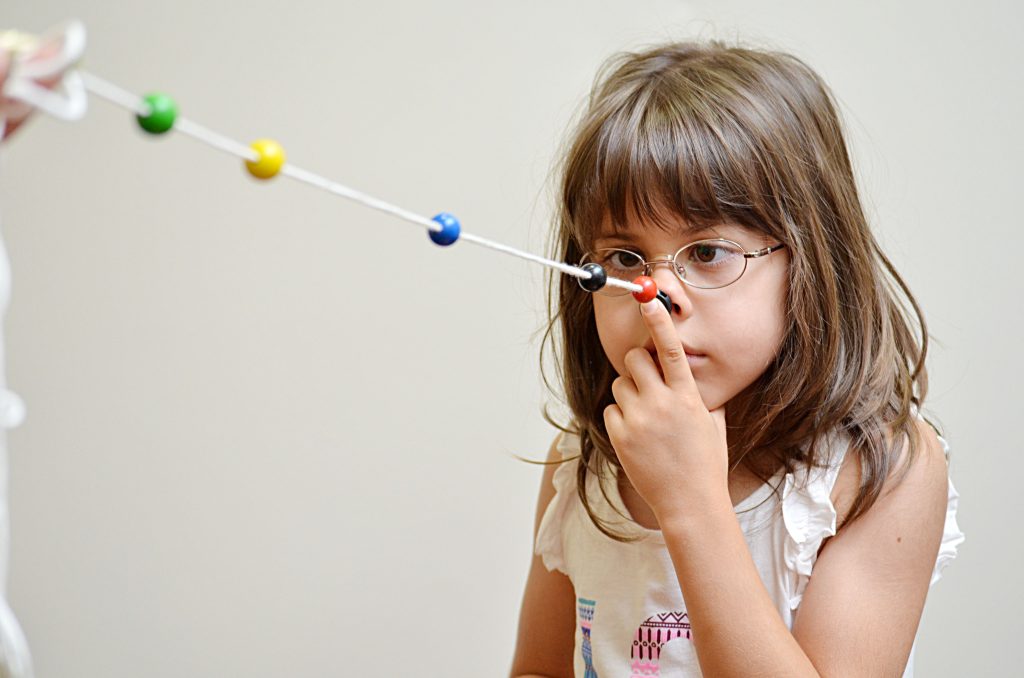
Last month, we focused on a fascinating aspect of brain function and health—eye movements. Eye movements can reveal so much about how the brain is working, and at our functional neurology clinic, they are a key part of our diagnostic and therapeutic approach. Understanding these movements and what they tell us can help uncover neurological […]
